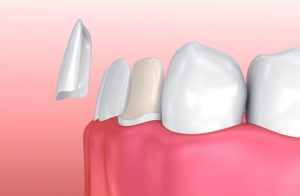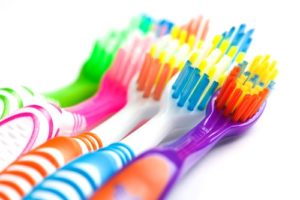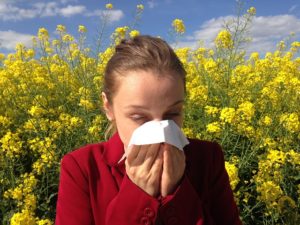 At our dental office in Modesto, we understand how having bad breath can affect our patients’ lives. We’re commonly asked what causes bad breath in the first place, and more importantly, how to make it go away. In this week’s blog we cover a few helpful bad breath remedies that can help freshen breath once and for all.
At our dental office in Modesto, we understand how having bad breath can affect our patients’ lives. We’re commonly asked what causes bad breath in the first place, and more importantly, how to make it go away. In this week’s blog we cover a few helpful bad breath remedies that can help freshen breath once and for all.
4 Ways to Beat Bad Breath
- Practice Good Oral Hygiene
Making sure you brush every day, twice per day is one of the best ways to remove any bacteria from your teeth that may be contributing to bad breath. But these stinky bacteria don’t only live on teeth, they also lurk under the gums. That’s one reason why flossing everyday is also an important part of any oral hygiene routine. Also, don’t forget about your tongue. It’s packed with tiny grooves and places where bacteria love to hide. Gently brushing your tongue or using a tongue scraper can really help.
- Quit Smoking
Smokers’ breath can be blamed on more than just the smell of cigarettes alone. Chemicals in cigarettes can also contribute to an unpleasant smell. These chemicals linger in the mouth long after a cigarette is put out and can prolong bad breath. The smoke itself also stays in the lungs for a period of time after smoking and releases a little bit with every breath.
- Eat More Healthy Foods
There’s some truth to the saying “An apple a day keeps the doctor away.” Eating crunchy, raw fruits and vegetables such as apples, celery, and carrots will help scrub plaque and bacteria off of teeth to help keep breath fresh.
- Hydrate Your Mouth
Certain medications, smoking, and a number of other things can cause dry mouth. And what tends to go hand-in-hand with dry mouth? Bad breath. While drinking plenty of water daily can help, there are times when that’s just not enough. If that’s the case, you can talk to your dentist about the possibility of using a hydrating rinse. Also consider that if you’re stuffy and can’t breathe out of your nose, there’s a good chance your mouth will dry out from so much mouth breathing. A decongestant may help.
Bad Breath Isn’t Just a Mouth Problem
Having chronic bad breath can be embarrassing, but it may also be a sign of something more serious. Bad breath, also known as halitosis, can be a sign of gum disease. Gum disease is a serious infection that can begin to affect the rest of the body if left untreated. Many studies have shown a link between gum disease and diabetes, an increased risk for heart disease, and stroke. What’s more is different types of smells may indicate a problem somewhere else in the body including liver or kidney disease.
Bad breath isn’t something to take lightly. It’s best to talk with your dentist in Modesto about how long you’ve experienced bad breath, your health history, and any other symptoms you may have sooner rather than later.
If you have bad breath we welcome you to schedule an appointment at our Modesto dental office. We’ll work with you to find the root of the problem and discuss the best ways to get you relief. Don’t wait, give us a call today.












